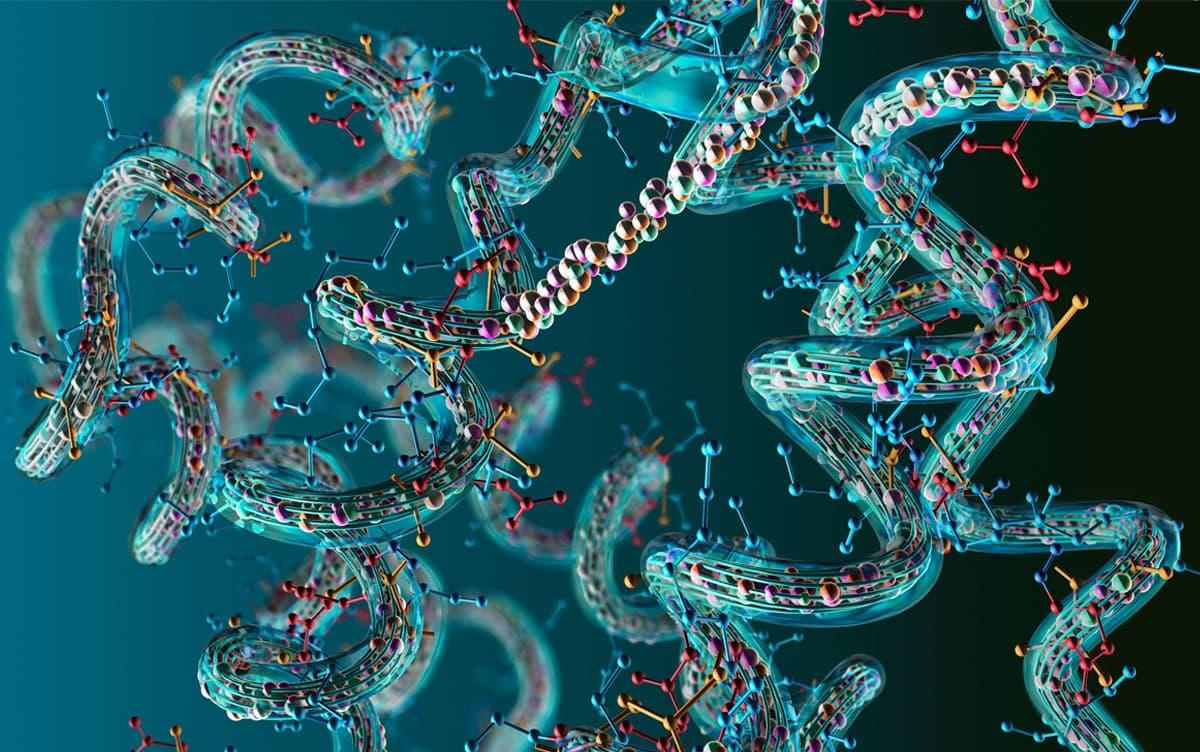Research News
New Post-Translational Modification of the Glycolytic Enzyme Enolase
 Image by Christoph Burgstedt/Shutterstock
Image by Christoph Burgstedt/Shutterstock
Researchers from the University of Tsukuba have identified γ-enolase, a subunit of the glycolytic enzyme enolase, as a new substrate for methylation modification in the histidine residues of proteins. Furthermore, they identified the histidine residue where this methylation occurs and clarified that the residue is important for the dimer formation of subunits and the expression of the enolase activity.
Tsukuba, Japan—Proteins are subject to post-translational chemical modifications that result in functional diversity. Methylation is one such modification that is generally believed to occur on lysine and arginine residues. Recently, this modification has been shown to occur on histidine residues as well. Furthermore, it has been suggested that histidine methylation occurs in a wide range of proteins. However, many details remain unknown: for example, which are the proteins that are methylated and modified and which are the histidine residues in cells, tissues, or organs where such modifications occur are not known.
Using mouse skeletal muscle and brain tissue and using a combination of methods based on biochemical protein fractionation and analytical chemistry, the research group identified γ-enolase, a subunit of the glycolytic enzyme enolase, as a new substrate for the methylation of histidine residues. Among the three amino acid sequences of enolase (i.e., α, β, and γ), the 190th histidine residue of γ-enolase, which is specifically expressed in the central nervous system was found to be methylated.
A conformational prediction study suggested that the histidine residue that undergoes methylation in γ-enolase may be important for intermolecular hydrogen bonding during subunit dimer formation. It was found that the disruption of hydrogen bonding at this site of γ-enolase by substituting histidine with another residue resulted in the suppression of the subunit dimerization and enolase activity. None of the three histidine methyltransferases previously identified in mammals catalyzed the methylation reaction of γ-enolase. From these results, the newly identified γ-enolase is expected to be a unique research tool for exploring new histidine methyltransferases.
###
This work was supported by the Japan Society for the Promotion of Science Grant-in-aid for Scientific Research (A) (23H00321 to A.F.), Grant-in-aid for Scientific Research (B) (20H029947 to H.D.) and a grant from Japan Agency for Medical Research and Development, AMED-CREST (JPgm1410010 to A.F.).
Original Paper
- Title of original paper:
- γ-enolase (ENO2) is methylated at the Nτ position of His-190 among enolase isozymes
- Journal:
- The Journal of Biochemistry
- DOI:
- 10.1093/jb/mvad042
Correspondence
Assistant Professor KAKO Koichiro
Institute of Life and Environmental Sciences, University of Tsukuba
Professor FUKAMIZU Akiyoshi
Life Science Center for Survival Dynamics, Tsukuba Advanced Research Alliance (TARA)
Related Link
Life Science Center for Survival Dynamics, Tsukuba Advanced Research Alliance (TARA)
Institute of Life and Environmental Sciences



